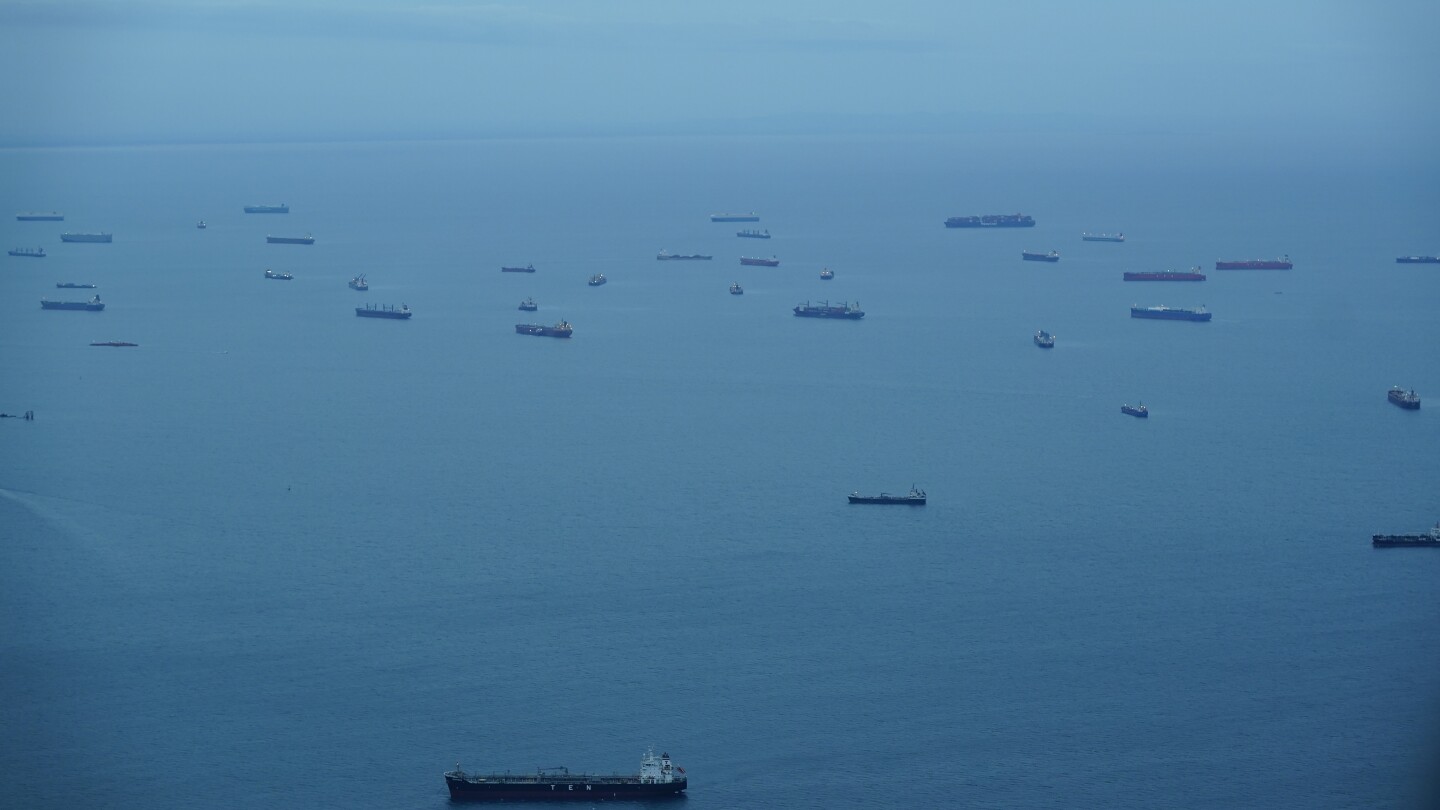The Panama Canal announced Saturday it will reduce the maximum number of ships travelling the waterway to 31 per day, from 32 in August, due to a drought that has reduced the supply of fresh water needed to operate the locks.
That compares to daily averages of 36 to 38 ships per day under normal operation.
Nine ships per day will be allowed to use the new, bigger NeoPanamax locks and 22 per day will be handled through the older Panamax locks.



Why not pump straight to a top-level reservoir?
Well for one thing, Gatun Lake is now an entire freshwater ecosystem, and breathing to see because of it’s inaccessibility to humans.Turning it brackish would probably have some consequences.
There already is a reservoir, it’s called Gatun Lake. It’s not filled using pumps, though, it’s filled from the rain.
That rain is what’s the problem right now, there’s not enough.
That top-level reservoir is called Gatun Lake. It’s one of the largest artificial freshwater lakes on Earth; pumping seawater into it would be disastrous for fish populations which have already not recovered from the introduction of an invasive species almost 60 years ago; but even more disastrous for the cities of Colón and Panama City, which get their drinking water from Gatun Lake.
Plus, (and take this part with a grain of salt, I haven’t researched it as closely, but the provenance is pretty good) pumping water that far (Gatun Lake is 85ft/26m above sea level and 6mi/9.5km from the ocean on the Atlantic side) would increase costs significantly over just pumping it up a level from one lock to another. The maximum vertical pumping height of a single ideal pump was at one time proven to be 33ft, meaning that pumping from the ocean to the lake would require a system of pumps that wouldn’t reduce installation costs that much and would probably have to run more or less continuously, increasing operating costs.
Hydrology is cool. The forces are gigantic.
Cool! I didn’t know that. Thanks for the info!